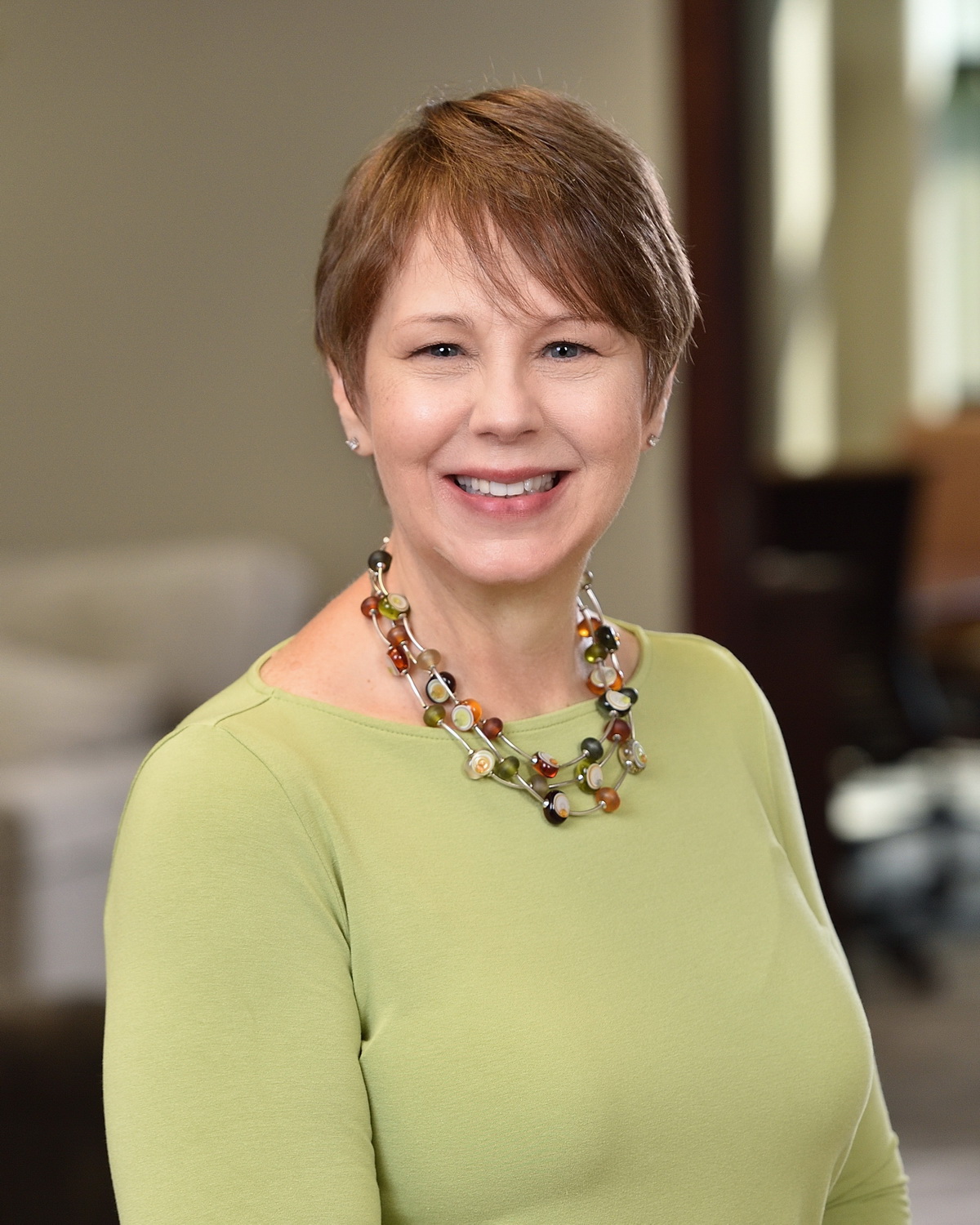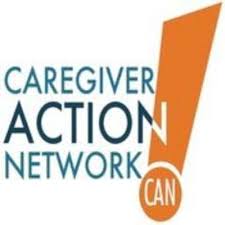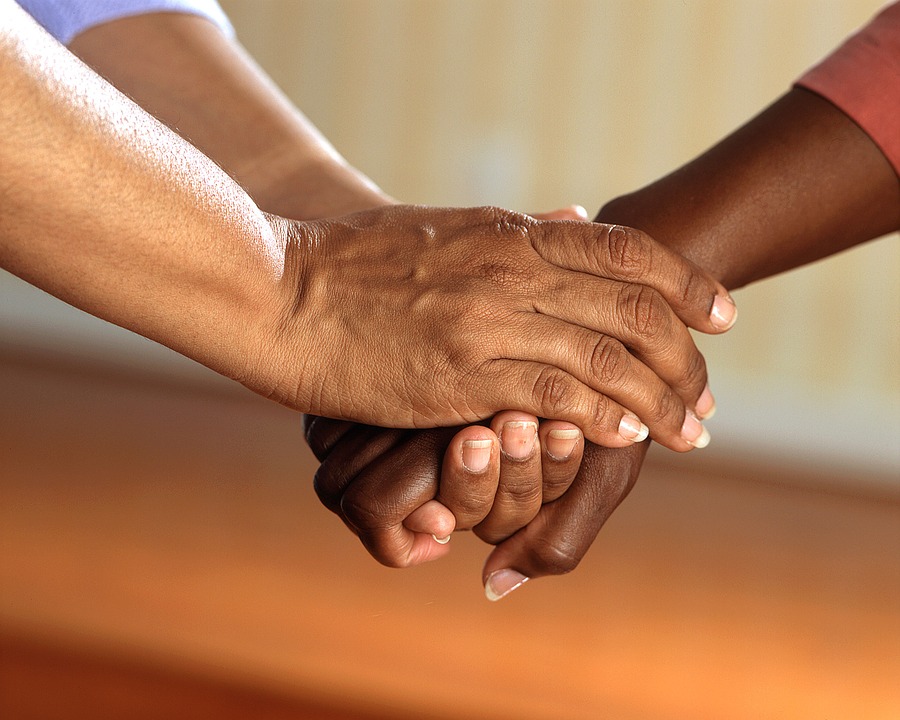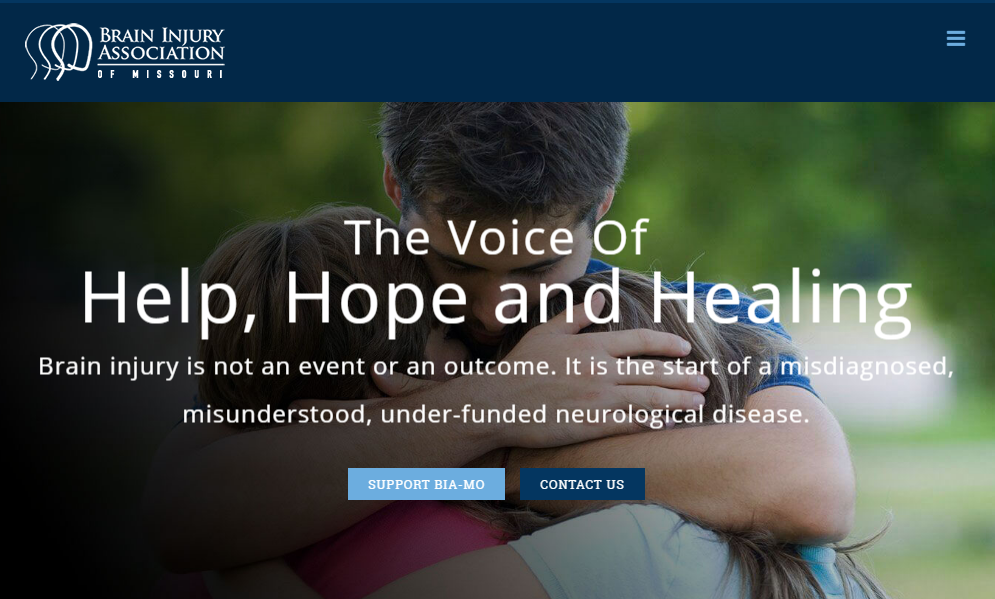Mitochondrial Disease - The Energy Disease - Remains Mysterious
By Mary Dale of Allsup
They call it “the energy disease,” and most people have never heard of it.
I know I hadn’t until my sister was diagnosed with mitochondrial disease at age 42, after many years of mysterious medical problems. It took her sight, hearing and her kidney, thyroid, pancreas and brain functions over the next eight years. Ultimately, it took her life at age 50, just two years ago.
What is mitochondrial disease? There are more than 40 different classifications.
Mitochondria are part of your body’s cells, except red blood cells, and they produce 90 percent of the energy your body needs and uses. When the mitochondria in your cells fail, you cells can’t produce enough energy to sustain your organs and body systems. That’s why they call it the energy disease.
“Mito” is most frequently diagnosed in children, but more and more adults like my sister are being diagnosed. Looking back, there were hints at the disease early in her life—a slight hand tremor in high school, hearing loss in her early 30s and diabetes in her late 30s, for example. We now understand that a close look at my family’s multigenerational medical history may have provided some hints as well; her type of mitochondrial disease linked back to genetics.
It’s not easy to diagnose. It was the rapid onset of blindness over a three-week period that ultimately lead to the, “Ah, now we know what this is,” moment. She could no longer work and quickly was awarded Social Security Disability Insurance (SSDI) benefits.
Few of my sister’s long line of doctors treating her range of illnesses had ever seen a mito patient. The family frequently took on the role of educators: explaining the disease to doctors, nurses, technicians and case managers during her frequent hospitalizations and treatments.
In a quiet moment, two days before her death, her neurologist, who did have experience treating these patients in a big urban research hospital, and I stood talking in the intensive care unit. Staring at her brain scans taken six months apart, he commented that he had never seen such a rapid decline or as complex a case as hers. He said he would keep and use the images for his own education in treating future patients.
Then we discussed the limited awareness and, worse, the limited and fragmented research related to mitochondrial disease. He admitted he did not have a formal network of other neurologists to share and compare mito-specific cases and treatments.
There is help for doctors, patients and families.
You can learn more about groups working to increase awareness and research dollars for the energy disease. They include MitoAction, https://www.mitoaction.org, and the United Mitochondrial Disease Foundation, https://www.umdf.org.
MitoAction is hosting a podcast Friday, Aug. 7, on SSDI benefits and Supplemental Security Income (SSI), and their speakers include Tai Venuti, manager of Strategic Alliances at Allsup.
Click here to learn more and to dial-in to the podcast. It’s offered over a toll-free number, with options for those with hearing impairments.

Mary Dale Walters
Related Articles

Uncategorized
Helping Family Caregivers With What They Need to Know

Uncategorized
Understanding MS and Disability Benefits

Uncategorized
BIA-MO Gets Real about Brain Injury Awareness

